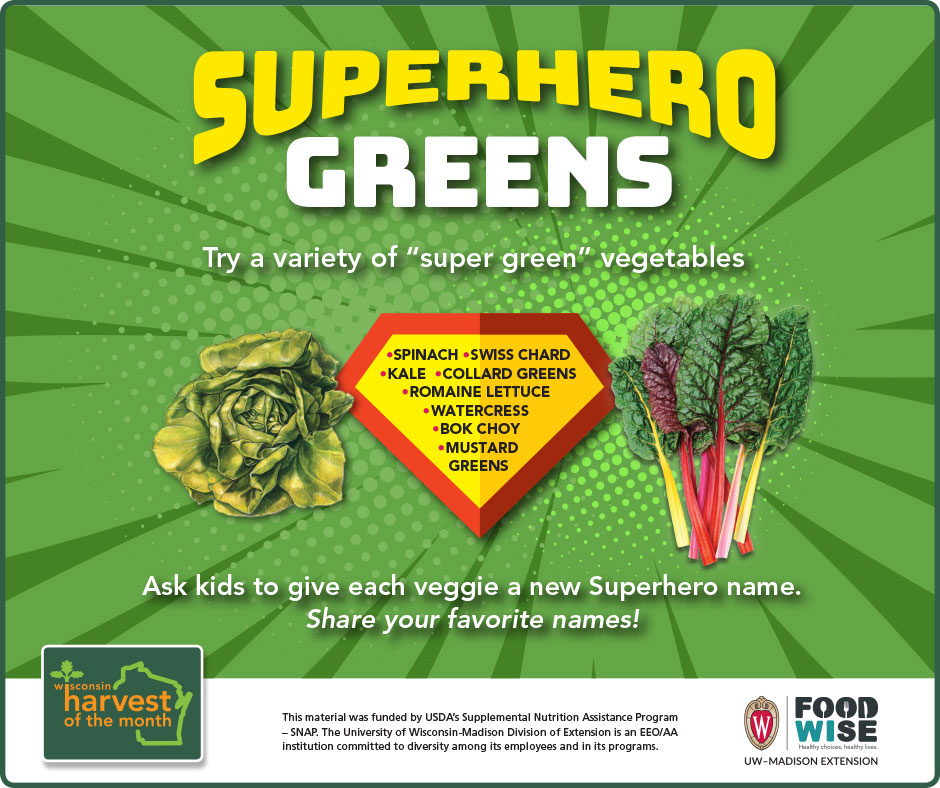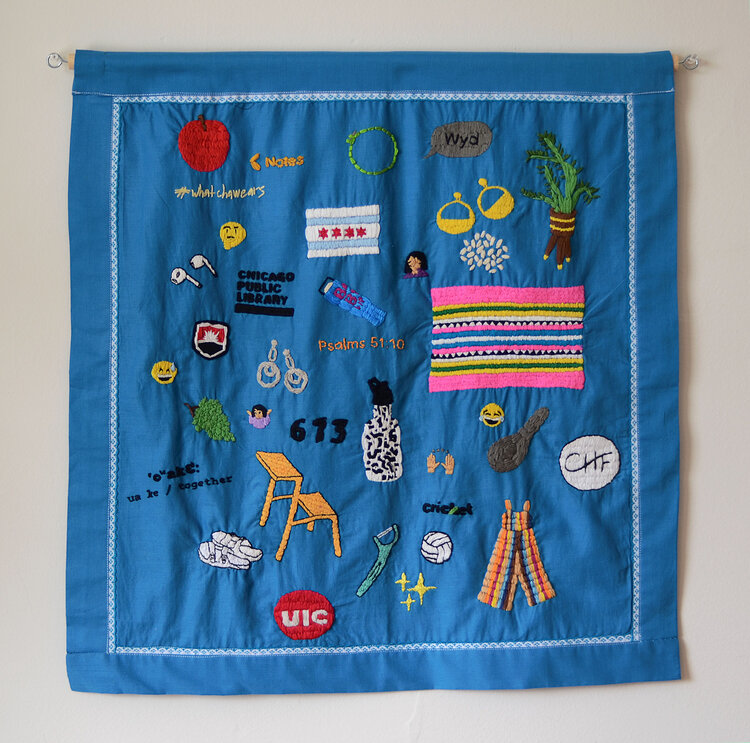As BIPOC Buddhists, we navigate a world where systemic racism, oppression, and trauma are daily realities. In the face of such adversity, it’s easy to be consumed by anger, pain, and resentment. But there is a transformative power within us—an ancient, yet ever-relevant practice that can help us rise above the suffering we endure. This power is metta, or loving-kindness. Metta is more than just a feeling; it’s an active force of compassion that we cultivate towards ourselves, our communities, and even those who perpetuate harm. In a society that often devalues our very existence, the practice of metta becomes an act of radical self-care and empowerment.
Metta allows us to confront our pain and the injustices we face with a heart full of compassion rather than bitterness. When we practice loving-kindness, we are not denying the harsh realities of systemic racism or minimizing the trauma that has been inflicted upon us. Instead, we are choosing to approach these challenges with a mindset that seeks healing and connection, rather than division and despair. By sending metta to ourselves, we affirm our own worth and humanity in a world that often seeks to strip us of both. By extending metta to others, even those who oppose us, we break the cycle of hatred and violence, refusing to let it take root in our hearts.
In the BIPOC Buddhist experience, metta serves as a powerful tool for resilience. It empowers us to hold space for our own suffering while also maintaining a sense of hope and possibility for the future. Through the practice of metta, we can transform our pain into a source of strength, our trauma into a wellspring of compassion. In this way, metta becomes not just a personal practice, but a revolutionary act—a way to reclaim our power, heal our communities, and create a world where loving-kindness can thrive in the face of adversity.
“Irrigators channel waters; fletchers straighten arrows; carpenters bend wood; the wise master themselves.” Buddha
Jarrelle (杰遨)









